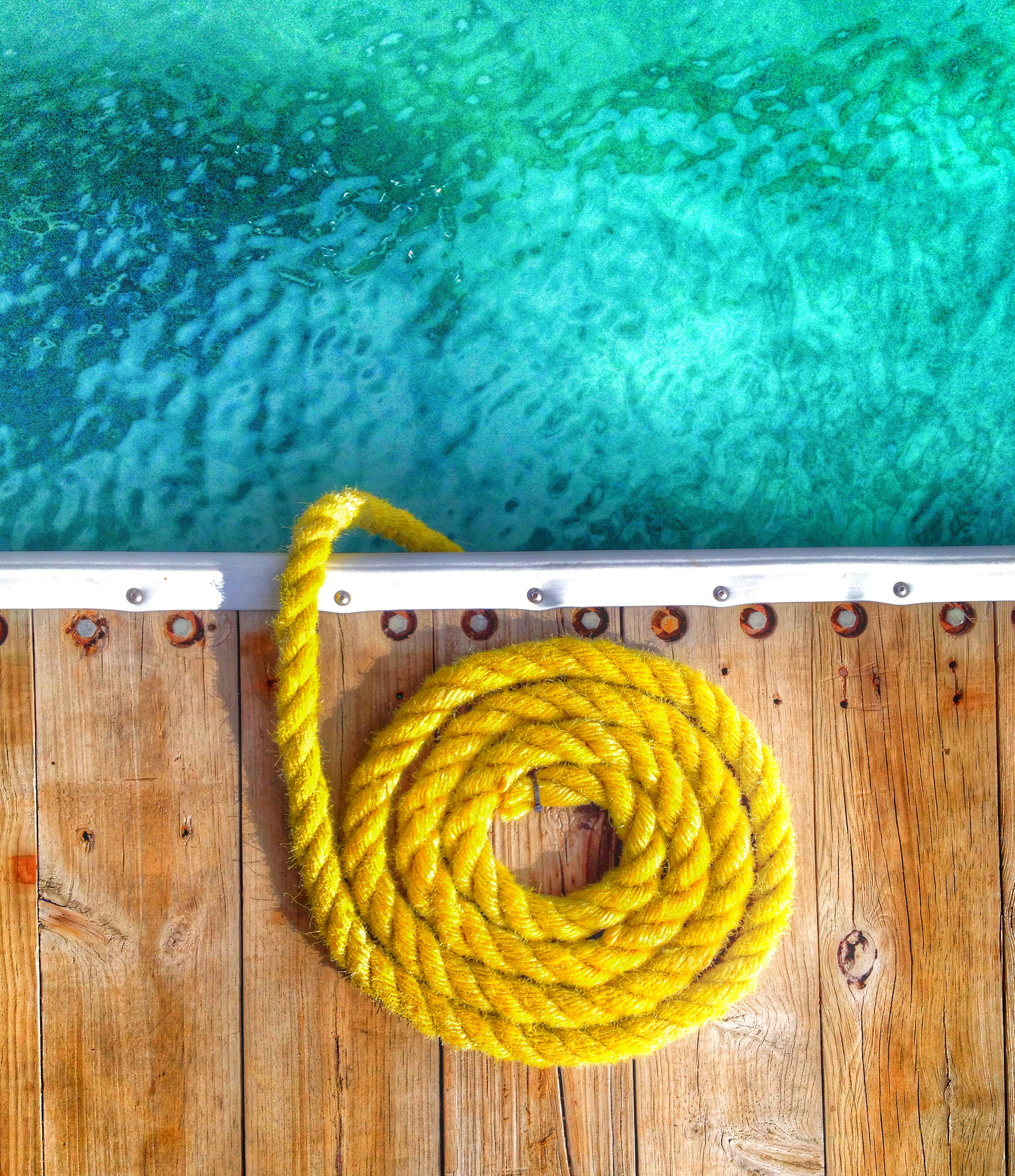
The fireplace was roaring on a cold Saturday morning. I drank my coffee with the infinite mouth pleasure only weekend caffeine or that first big draught of beer can bring. I flipped through the paper, old school, and wondered how future generations would light their fires once newsprint disappeared. Evidently it was an idle sort of morning.
Because advertising works, a seemingly random block of text with an image grabbed my attention. A week in Curaçao, great price. I checked out the hotel on the web without real interest, just out of lazy curiosity. From the pictures it looked like there was a dive shop on the premises. Well now.
I’ m certain I sat up a bit straighter and things started going click-click-click inside my head, but I also got suspicious. I checked out the flight, there weren’t five layovers and we wouldn’t be flying cargo with Krappair, the kind of airline that’s not allowed into EU airspace. It was actually a very good flight. I looked for fine print, couldn’t find anything out of the ordinary. More clicks inside my head, then on the keyboard. Before noon the trip was booked. So yeah, advertising works.
We were off to Curaçao.
In a few weeks that is.

Not knowing much about the island, that turned out to be two islands, Curaçao and the uninhabited Klein Curaçao, I did some very basic research. Sandwiched between Aruba and Bonaire, it’s part of what is called the ABC islands. It’s southerly enough to ensure warm weather even in the dead of winter and normally out of the path of hurricanes. Excellent.
Tourism is not the island’s only source of revenue, situated just 40 miles/65 km from Venezuela, Curaçao has been refining oil since the start of the 20th century. I find it interesting/appropriate/sad that the refinery was built on top of the old slave market, one source of production, wealth (and misery) replaces another. Today Curaçao also offers a range of financial services and is considered a bit of a tax haven. Prostitution is legal, tragically there’s some human trafficking linked to that, I guess slavery isn’t dead after all. It seems the island has also become something of a hub for the drug trade. All that being said, possibly because of its relatively high standard of living and even though the economy is doing so-so, the island is “safe”. Obviously, keep your wits about you at all times anyways. Frequent spikes on top of walls in back alleys do suggest a concern with burglary, but they are good looking artsy spikes.

The island is now an independant country part of the Kingdom of the Netherlands. English and Dutch are widely spoken, but so is a local creole called Papiamentu, which incorporates those languages as well as Spanish, Portuguese, French and some Arawak. You will also hear the locals use Papiamentu on Bonaire and Aruba.
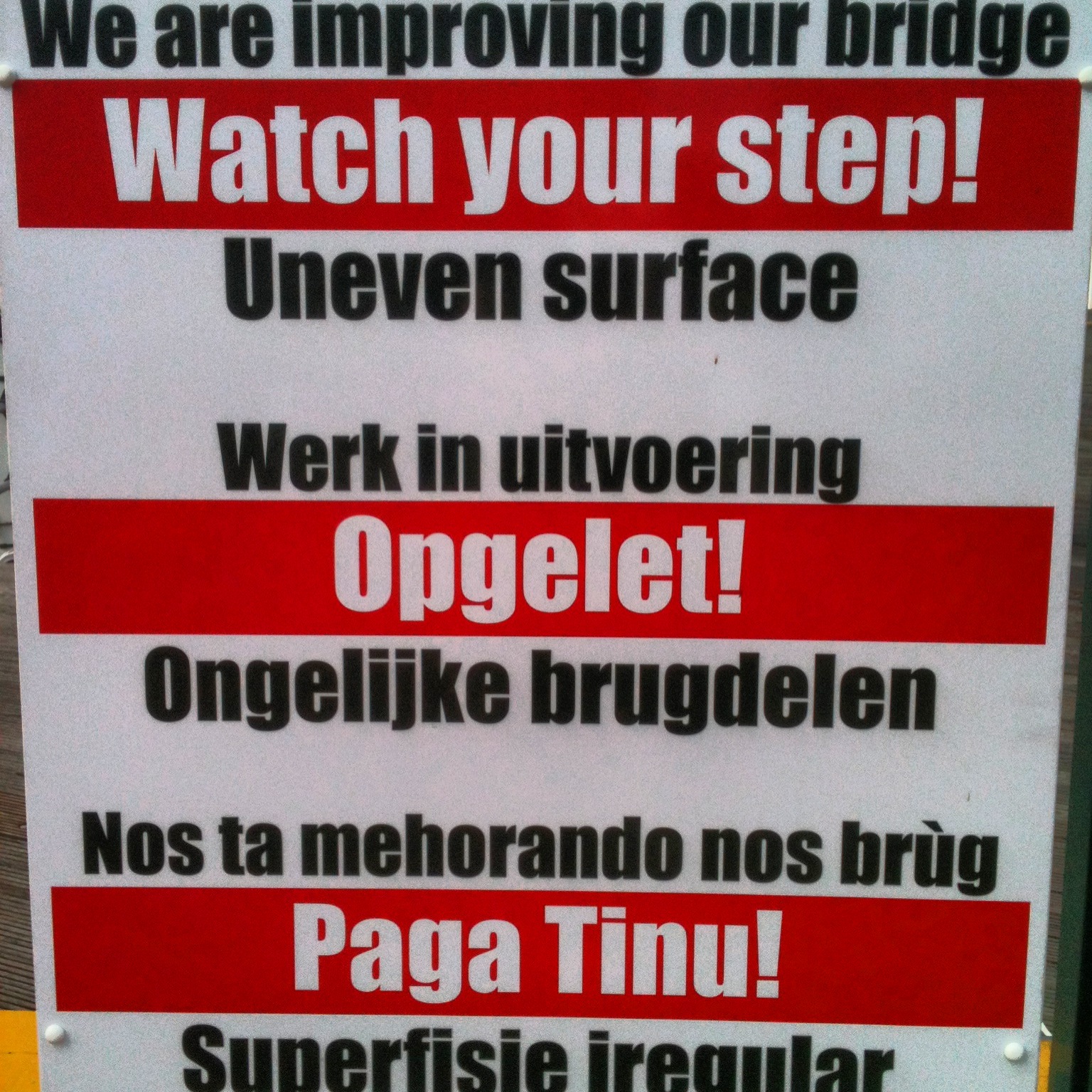
Fun fact, Curaçao has the oldest Jewish congregation in the Americas, dating back to 1651.
My first first impressions were mixed. On one side as you cross the bridge into Willemstad from the airport you can see the harbour and all the brightly painted houses, on the other you also see the huge aging refinery. Going around the island by boat there are several large industrial sites, mining, a concrete factory, things like that. Not very pretty but I guess it’s called reality yeah? I may want all the spots I visit to be Eden like, but the truth is people need to make a living and economies need to function. I may wish the islands were all pristine, fulfilling some immature south seas fantasy, but that can’t be the case.
Well known for it’s mix of Dutch architecture and Caribbean colours, Willemstad was declared a World Heritage City by Unesco in 1997.

One of the stories behind the gaily painted façades, is that an early 19th century governor, Mister Kikkert, suffered from migraines that were exacerbated by the light’s reflection from all the white walls. To combat this scourge, he decreed it mandatory to paint the buildings any colour but white. Turns out he was a partner in a paint plant or shop as well. Two birds with a stone I guess. Now the buildings are on the licence plates.
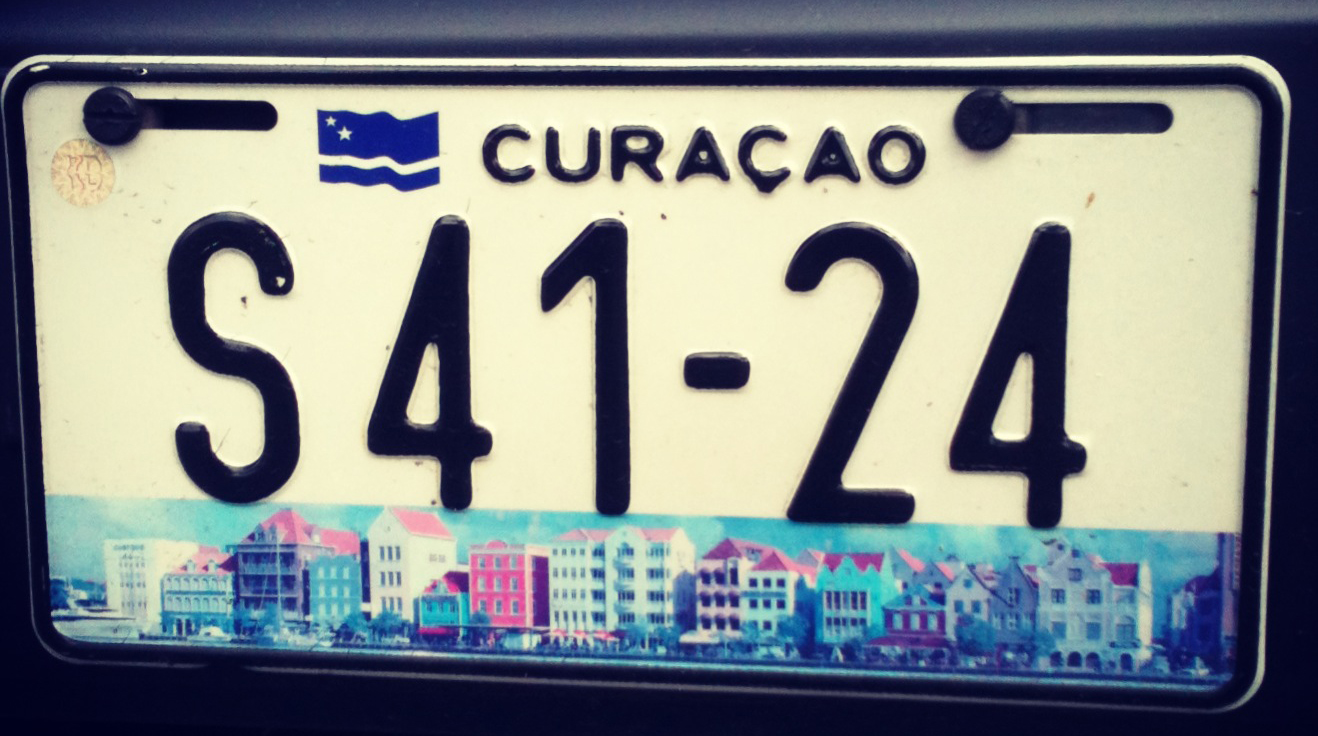
There’s plenty to explore in Willemstad (and to avoid as well, such as all the shops that cater to the cruise ships), among the many interesting features is the Queen Emma bridge, a floating bridge that spans the harbour and swing open to let boats through. You do see people running to make it across when the bells start ringing. The bars and patios are rather posh along that waterfront, complete with misting sprinklers to help keep you cool.
It gets quite hot in Curaçao, it’s not a lush tropical garden type of island, it’s covered in cacti and is more savanah than jungle. Apparently not much can grow there, even the oranges the Spanish tried cultivating came out super bitter tasting. The peel of those oranges, now called laraha, is what’s traditionally used in the island’s best known legal export, curaçao liqueur, a type of triple sec. BTW, the different colours you can buy are just for looks, unless a flavour is specified on the label (like rum raisin), they all taste the same. As much as I don’t care for curaçao in margaritas, it works really well in tiki drinks or when I feel like wearing a white suite with a pink t-shirt. The older people will get this.
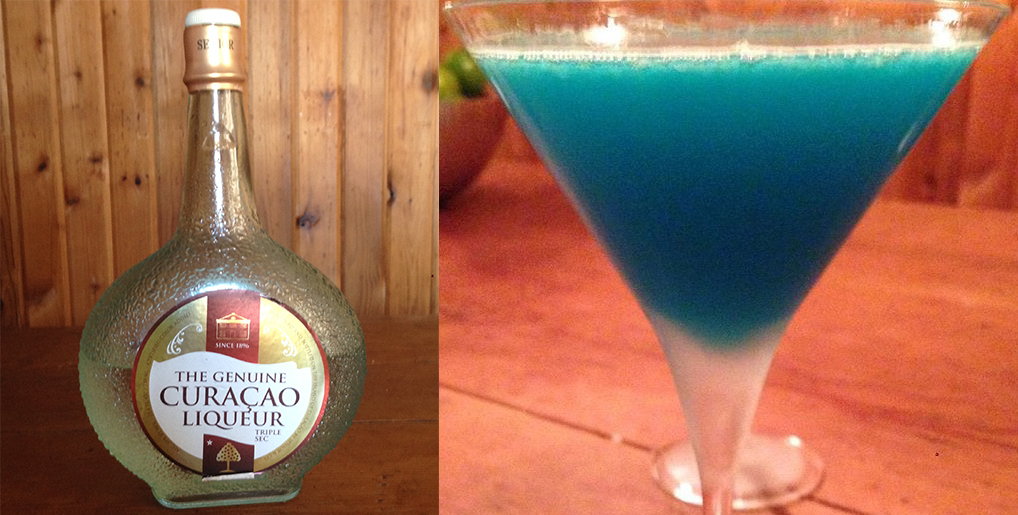
This brand is the one and only original from the island, the base alcohol is made in Holland and some of the spices come from Germany. I was a bit disappointed that it wasn’t more “local” and so I tried finding something else that was special about the Curaçao drinkskultur. And I did.
First I looked at beer, beer is a fairly simple thing to make and consume and a lot of places make their own, plus I really like beer. Unfortunately there is no longer a brewery on the island. There was one but it went bankrupt (how does that happen?) and has since been demolished. They used to make Amstel Bright, which is now brewed in Holland.
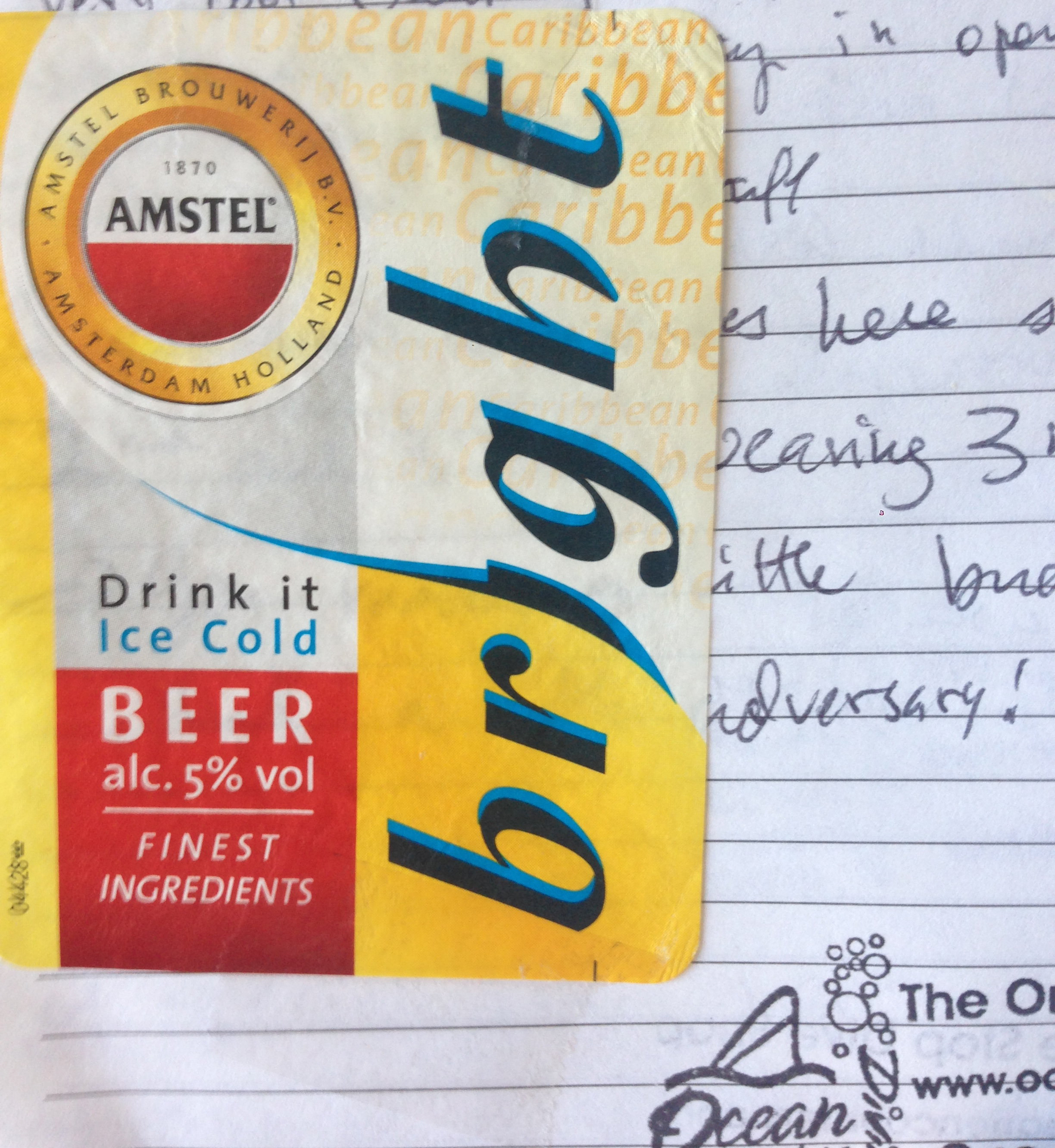
There is a “local” beer, inasmuch as it is brewed for Curaçao, called Brion, but it is made in Barbados. I assume the beer is named for Luis Brion. Born in Curaçao from Belgian parents, Brion became an admiral while fighting for Venezuelan independence under Simon Bolivar and is considered a Venezuelan hero.
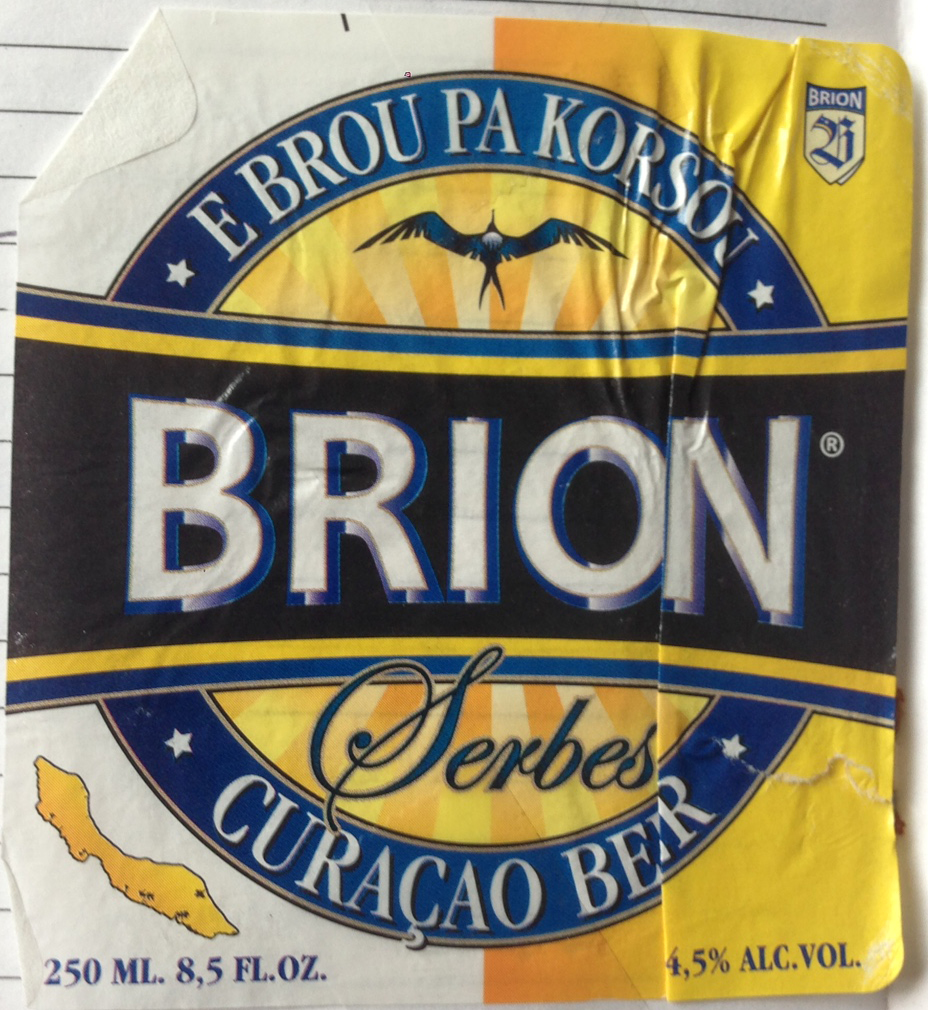
These beers are both very decent thirst crushers, just the thing you need to get the sea salt out of your mouth after a two tanks morning. As the island is Dutch you also get Heineken all over the place and a lot of other imported brands, both from Europe and the Caribbean. I wanted something more though, something even more local.
The one thing I found that was unique to the island, truly part of their drinkskultur, was green rum, rom berde as the locals say.
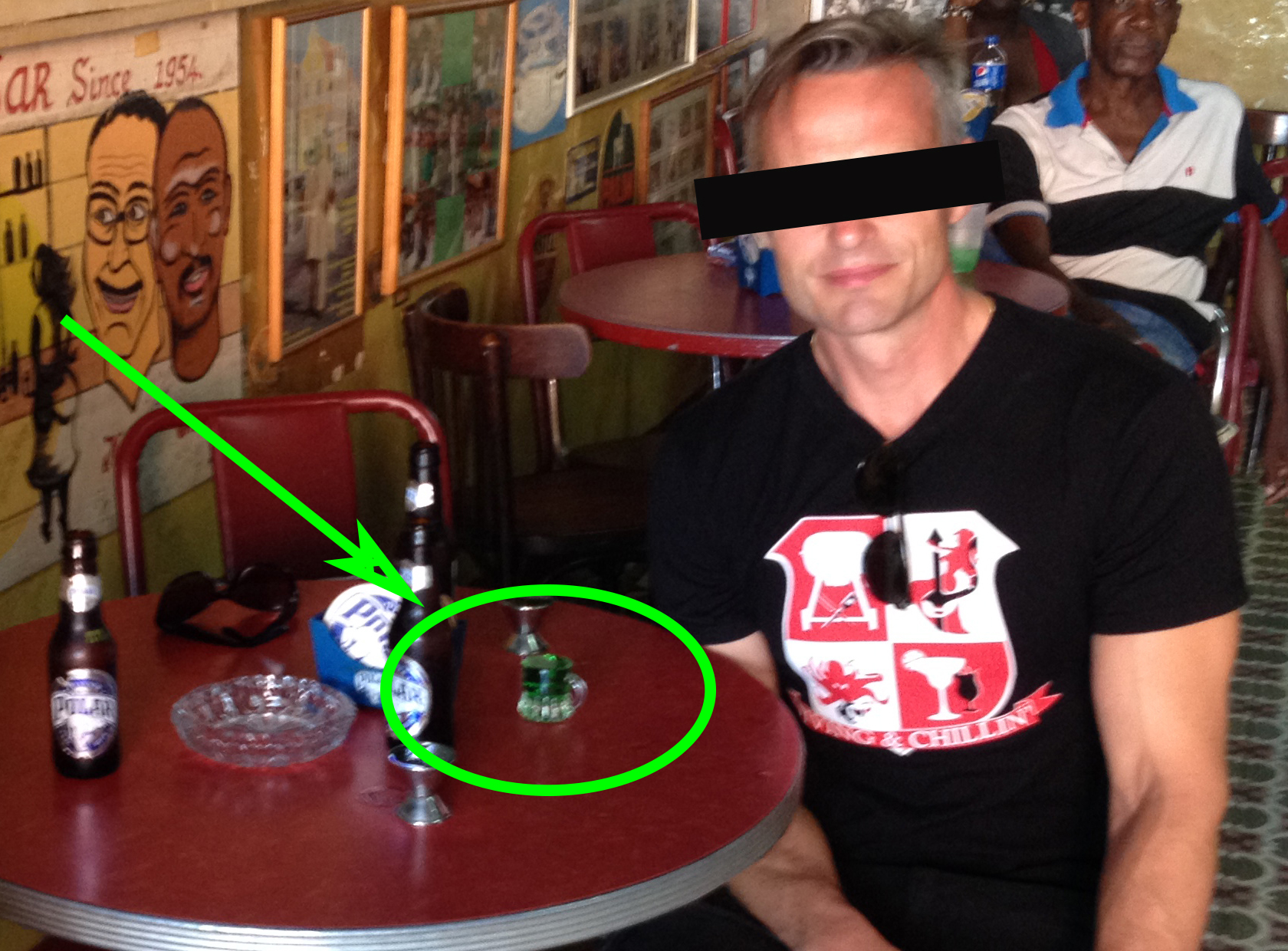
Honestly, it tasted more of cough medicine than rum, and the dour bartender seemed to be mixing it right behind the bar. However, drinking this was like going to see the London bridge or any other local landmarklichés, if you’re there you just have to do it, and later you’re glad you did.
Looking for green rum is a very good reason to leave the more touristy parts of the city and go searching for Netto bar, where they claim rom berde was born. Situated in the slightly tougher looking Otrobanda neighborhood, a very small, very for locals establishment, Netto has been open since 1954. It’s showing its age, and not catering to tourists too much. It’s great, it feels authentic, and the beer was very cold, a bit like the service. Which I don’t really mind, maybe there’s more tourists going through there than I thought, or maybe they want to avoid just that. Please note that there’s another place that claims to have invented green rum, the Café Santa Rosa, which we did not check out but should have. I’ve been given the impression that it would be unwise to bring that up at Netto bar… Never mind my cough syrup impression, it’s well worth your time to check this out. Especially if you like historical bars, and really, who doesn’t? Also the place opens at 0800 in the morning on weekdays, so there’s that.
Still for all there was to see on the island, it was under the waves that we spent most of our time.

We dove with a fairly big shop called Ocean Encounters, I’m not shillin’ I’m just just spillin’, which had a small satellite office at the hotel where we stayed. It’s nice to be picked up straight from your hotel’s dock every morning. You walk out of your room in your wetsuit, grab your gear and straight unto the boat, no 45 minutes shuttle rides. It’s luxurious even.
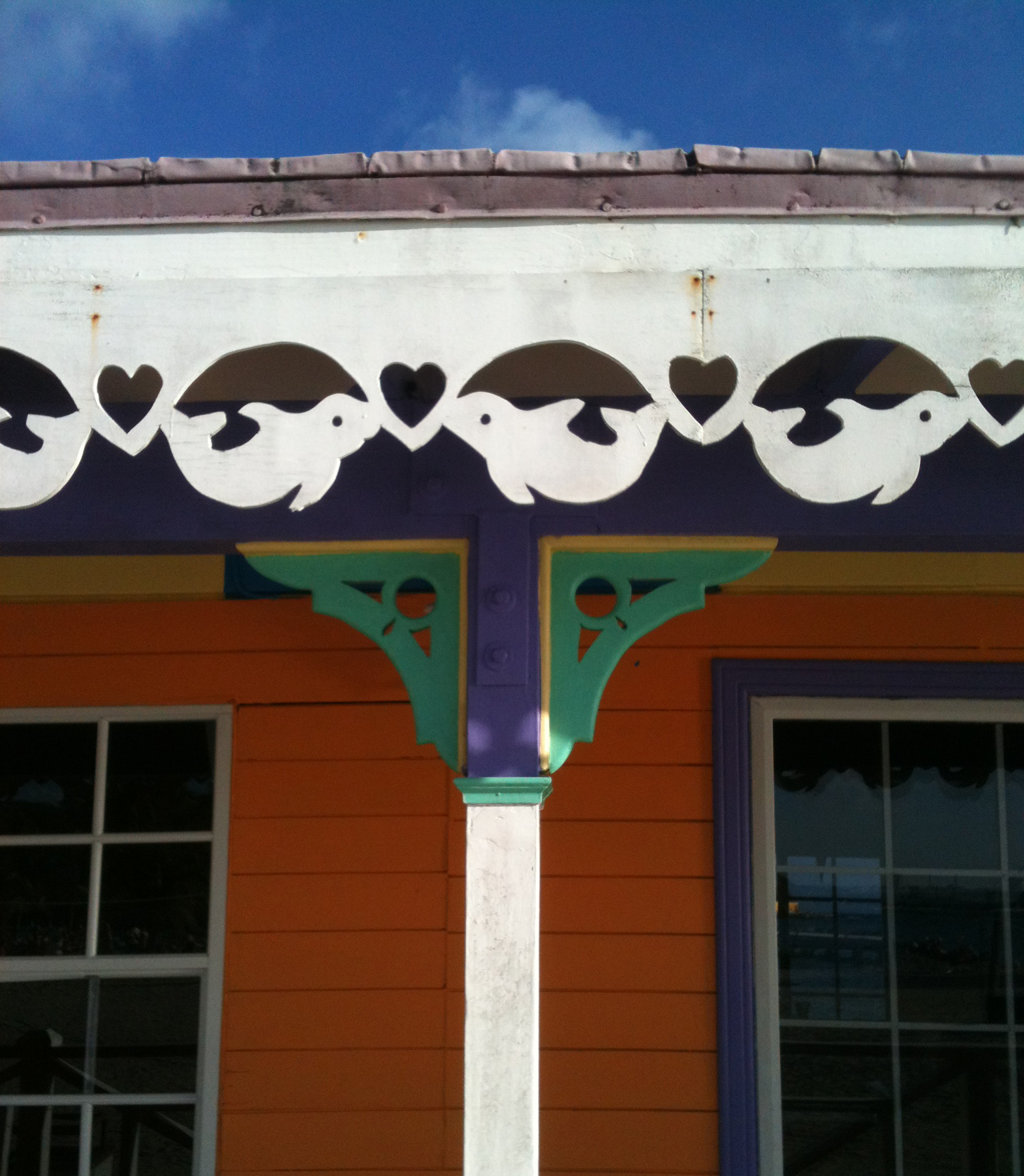
There’s good and bad with large dive shops, on the one hand the logistics are usually tight, the boats are in shape, have oxygen on board, and they don’t run out of air tanks, fuel or weights. On the other it can lead to a bit of a sausage factory experience, too many different faces, too many different employees, you don’t have time to connect with anyone. I thought these guys managed a fair balancing act between the two and we would dive with them again.

Things definitely started on the right foot. We showed up to reserve for the next day and were offered an immediate welcome dive, straight from the shore. Win. I wasn’t expecting much from a dive that started from a hotel boat dock, but you don’t look free scuba in the mouth. Plus I was wrong. In under 15 minutes we were back with our wets and gear (the luxury of proximity again), strapped some tanks on, and after cursory indications from the dive shop jumped in. We had one of the best dives in our lives.

I guess in objective terms it wasn’t a spectacular dive, 53 feet max, 60 min., water at 77F/25C, no dramatic landscape, and yet it was one of those perfect dives where everything comes together and your eyes can’t help but see all the life around you. The coral was healthy, eels, shrimps, spotted drums, trumpet fish, queen angelfish, flamingo tongues, squids, just lots and lots of stuff. Also the visibility was perfect. It was a great start to a great few days.
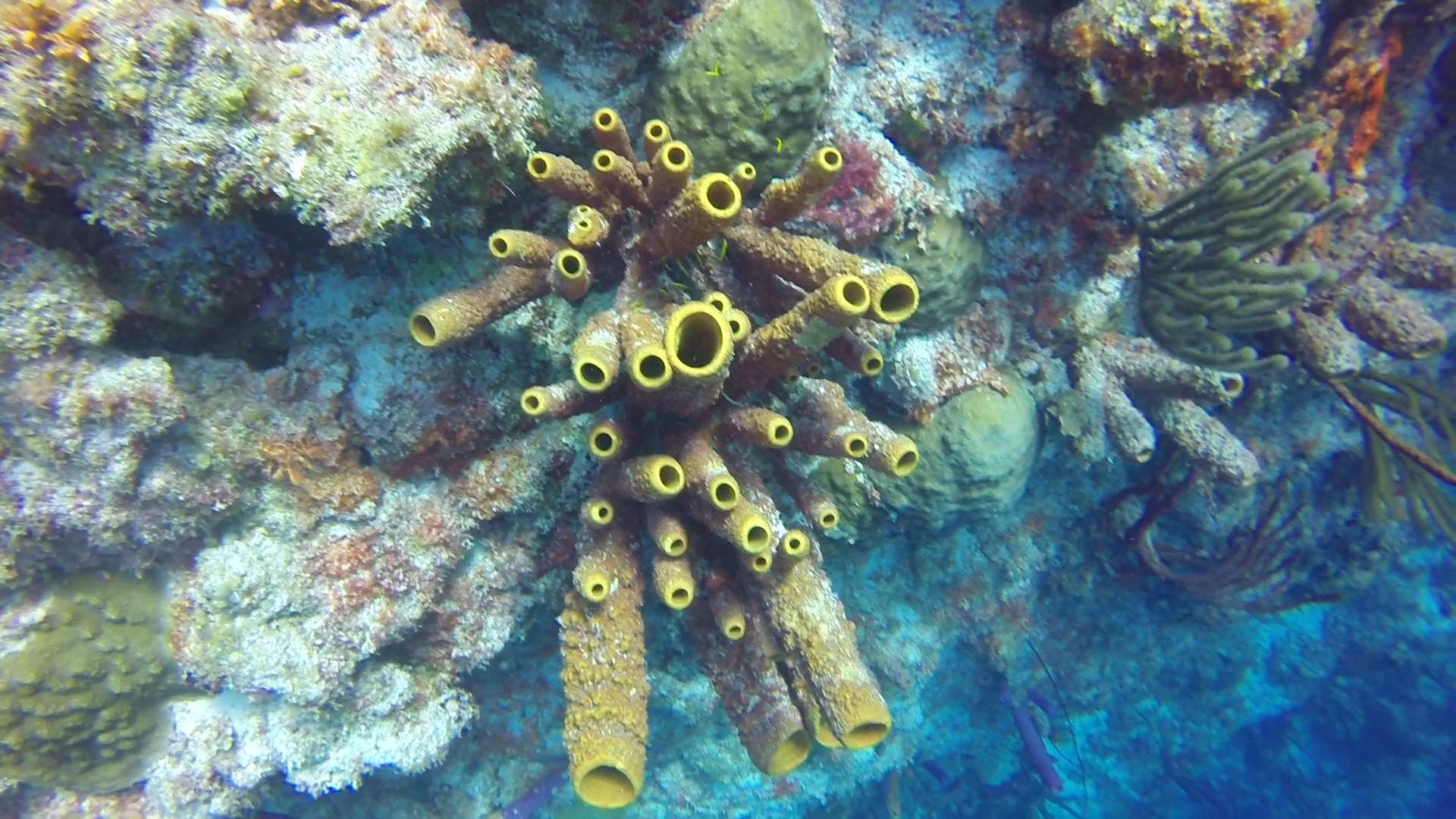
Over the next week we dove daily, mostly boat dives, including a trip to the uninhabited Klein Curaçao with its ghostly lighthouse and wreck.


The slow drift dives, the cliffs, the abundance of life, all of this was magnified by the limpidity of the water. The viz was stunning.
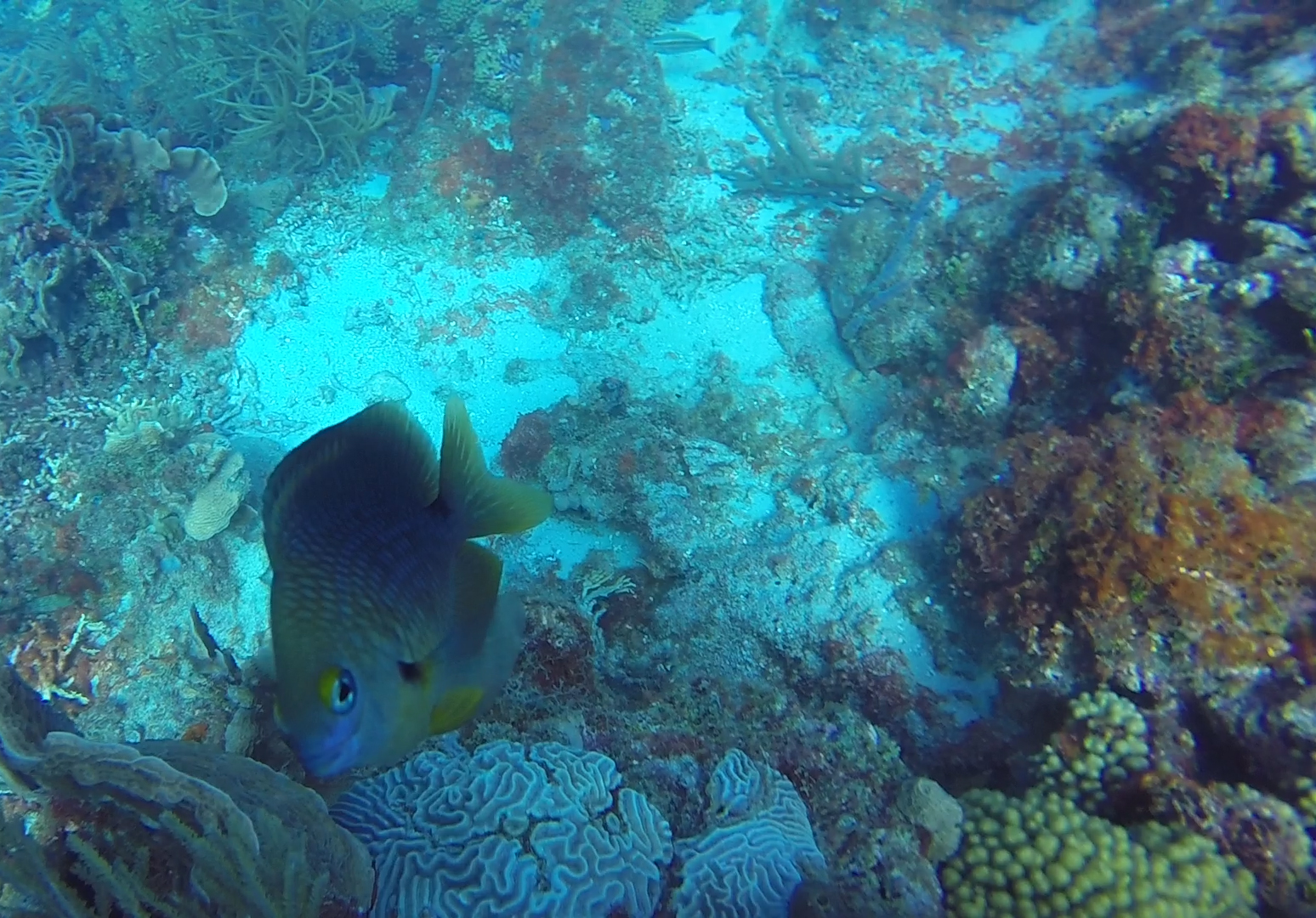
A couple of dives stand out from that week. One was Tugboat, so named for the wreck of a small, you guessed it, tugboat. The amazing part of that dive is that you enter the water right by a huge abandoned ferry. It’s gigantic, it hasn’t moved in several years, it was meant to connect the island with Venezuela. It just stays moored there at this lonely dock and decays slowly.

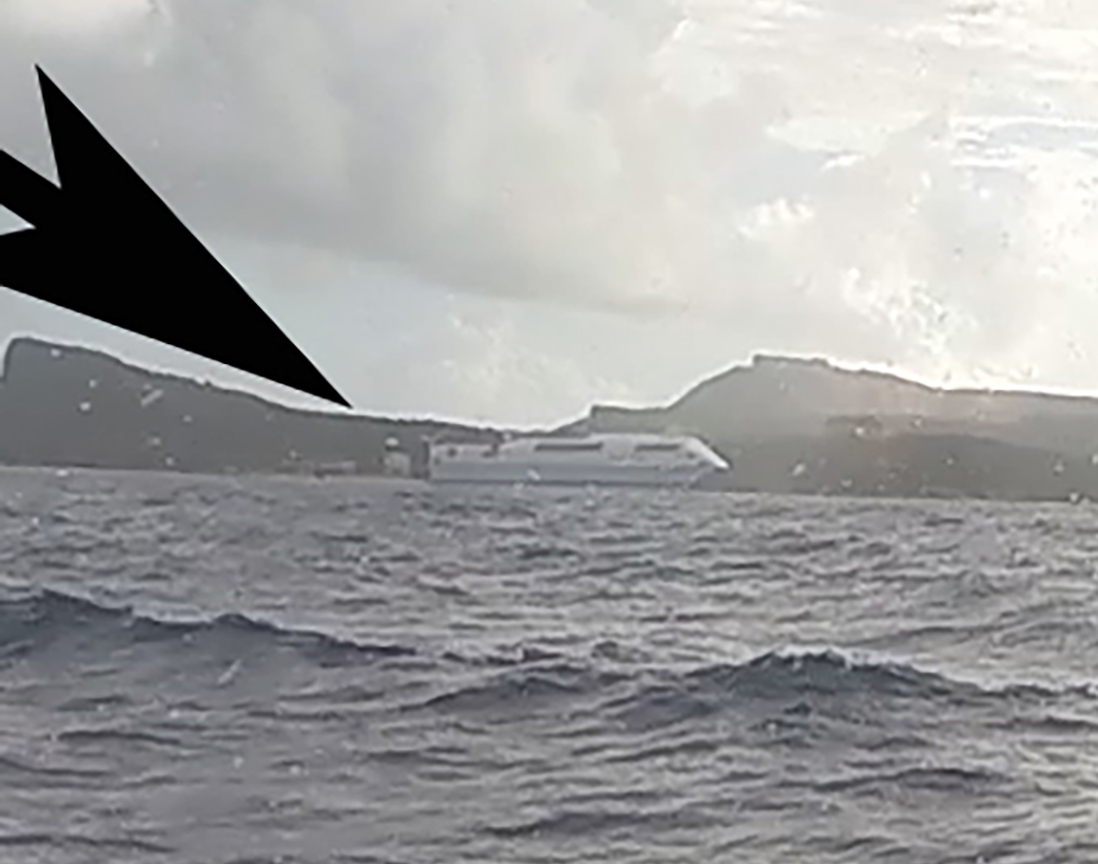
Being under the water sandwiched between the behemoth and the pylons from the dock was an eerie feeling, very gothic and for once I regret not bringing the camera. Oh well. Lot’s of lobsters hiding under tires, anchors and bits of metal, a somewhat dystopian dive but beautiful at the same time, cathedral like almost. You feel the large dimensions of everything around you and how small you are. The ferry has since been sold for scrap to Turkey.
Another cool dive was East point, it was notable for its very healthy coral, one of the few places around Curaçao where they are growing apparently. It was my dive buddy’s 100th dive so we would have an extra reason to celebrate afterwards. On the boat ride back, like almost everyday we were treated to either hunting ospreys or flying fishes.
I’ve mentioned this in another post, the underwater spirit animal of Curaçao has got to be the trumpet fish. I have never seen so many specimens, so big and so colourful. Not just incognito green floating head down pretending to be a reed of some sort, but bright colours, yellow, red, blue and very large. I have not seen that anywhere else so far.
We also got included (I think) in the mating dance of a pair of squids, they circled around us repeatedly flashing, changing colours and chasing each other, going away, coming back, It was extraordinary. It was also our last dive.
I think my only disappointment on that trip is that we could not dive the big wreck of the place, the Superior Producer. The ship sank in a storm in 1977 after her cargo got loose and started rolling around. It now sits upright at about 90 feet but… you can’t dive it when there’s a cruise ship docked (darn cruise ships again), and that was the case when we were there.
Though you can shore dive the wreck, I have since learned that there’s a company that offers to drop you over the wreck by helicopter. Well now, that doesn’t sound like any fun at all. Cue the sarcasm beers.
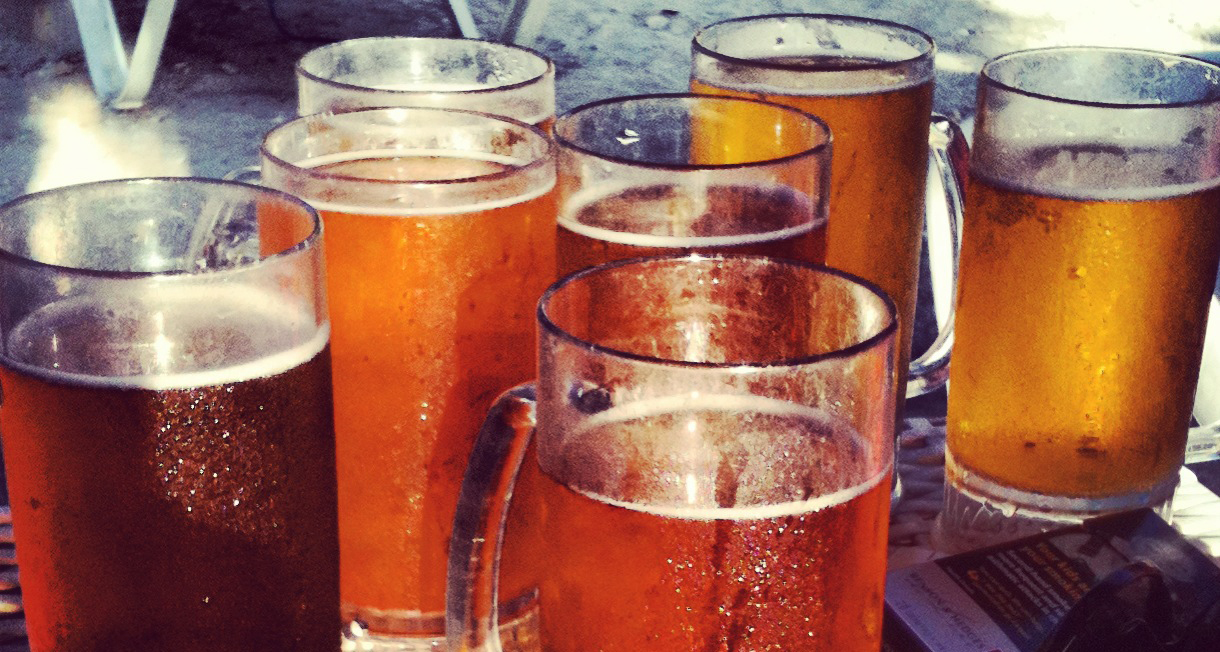
On the contrary that’s like three childhood fantasies rolled into one. How awesome would that be? Even if it feels a little gimmicky I need to try this. I guess we’ll just have to go back. Anyways I feel like maybe I should give green rum another try, for fairness’ sake. I’ll just check the cruise ship schedule first.
See you under the waves.

Bright colours and blacked-out eyes. A world of words, images, and contradictions.
I found Curacoa to have much more culture than the other 2 ABC Island. Having a dive shop at the hotel is a common great thing on the island. The food at the market in Willemstad and on the beaches at the local food stands were incredible. Getting fish fresh from the water was good eating. My favorite of the ABC Islands.
Super interesting opinion. Certainly agreed about he market food. I am curious about Aruba for the 1939 wreck of the Antilla and the boy inside the man is curious if they still use those square coins. What are your thoughts on spending 3 weeks in Bonaire for shore diving?